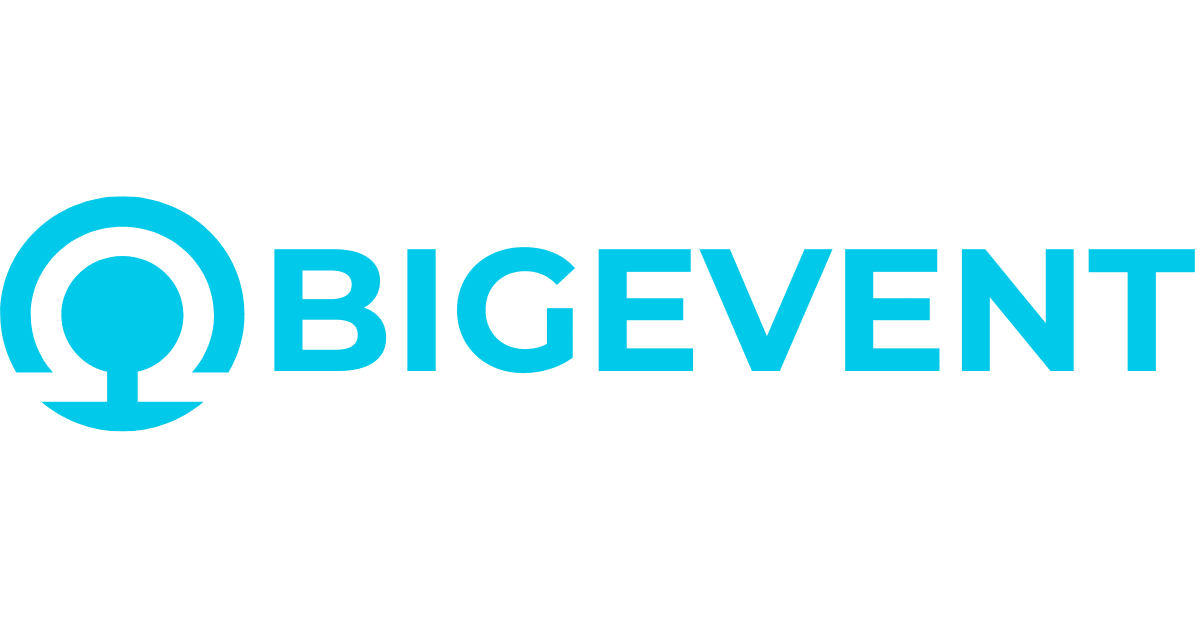Attuning to Children to Identify What Matters to Them
Marion Sturges, Western Sydney University (Australia)
Kylie Steel, Western Sydney University (Australia)
Abstract
Accessing the views of young children by closely attuning to what they mean when they are expressing their ideas and thoughts is essential to effective educational practice. Although there is evidence exploring the attitudes and thoughts of young children in relation to their educational experience is under researched (Darbyshire et al., 2005; Dockett & Perry, 2007; Harcourt & Einarsdóttir, 2011; Harcourt & Hägglund, 2013; Theobald et al., 2011), few existing studies involve young children, whose language is still developing, or explore communication methods beyond verbal communication for idea expression. Many theories address children’s participation and views, through listening, yet most studies employ only oral language as a one-way form of communication. Therefore the this presentation will address alternate ways of gathering insight into the views and thoughts of children during learning. This will be presented in three parts. Firstly, we will explore the concept of attunement which can be defined as “the alignment of states of mind in moments of engagement, during which affect is communicated with facial expression, vocalisations, body gestures and eye contact” (Siegel, 1999, as cited in Department of Education, Employment and Workplace Relations [DEEWR], 2009a, p. 42). It is more than simply listening to children and focuses on noticing the children (Hultman & Lenz Taguchi, 2010), including directing attention to their facial expressions, actions, movements and what they do not say. Rautio (2017) elaborates that attunement offers a method “of understanding” (p. 97), and that such understanding is often absent without it. We consider some of the participatory methods that educators can use to attune to children beyond the verbal, and how they express ideas including body movement, expressions, and other sensorial means, e.g., visual, tactile, within and Australia pre-school setting. Moreover, we argue that closely attuning to children requires both attentive listening, and interpretation of verbal, observable, and kinaesthetic forms of communication. Deeply attuning to young children through multiple methods can be used to develop a more nuanced understanding of young children’s views. To achieve close attunement, full engagement in research conversations, i.e., “hanging out,” and attentive listening proved to be valuable ways of learning about what the children wanted to share. The second part of this presentation will discuss how this close attunement enabled a deep discovery of what children thought about their educational place. Four relationships (child–child, child–educator, child–nature, child–outdoors) were elicited through the close attuning methods, and each of these four themes is explored. Finally, we conclude with a discussion around the implications of these findings for education, and especially for educators and researchers.
|
Keywords |
Place, education, attunement, children’s views, children’s relationships, educators. |
|
References |
Darbyshire, P., Schiller, W., & MacDougall, C. (2005). Extending new paradigm childhood research: Meeting the challenges of including younger children. Early Child Development and Care 175(6), 467-472. Department of Education, Employment and Workplace Relations. (DEEWR) (2009). Belonging, being and becoming: The early years learning framework for Australia. https://docs.education.gov.au/system/files/doc/other/belonging_being_and_becoming_the_early_years_learning_framework_for_australia.pdf Dockett, S., & Perry, B. (2007). Trusting children's accounts in research. Journal of Early Childhood Research, 5(1), 47 – 63 Harcourt, D., & Einarsdóttir, J. (2011). Introducing children's perspectives and participation in research. European Early Childhood Education Research Journal, 19(3), 301-307. doi: 10.1080/1350293X.2011.597962 Harcourt, D., & Hägglund, S. (2013). Turning the UNCRC upside down: A bottom-up perspective on children's rights. International Journal of Early Years Education, 21(4), 286-299, doi: 10.1080/09669760.2013.867167 Hultman, K., & Lenz Taguchi, H. (2010). Challenging anthropocentric analysis of visual data: A relational materialist methodological approach to educational research. International Journal of Qualitative Studies in Education 23, 525-542. Rautio, P. (2017). Thinking about life and species lines with Pietari and Otto (and garlic breath). Finnish Journal for Human-Animal Studies, 3, pp. 94-102. Theobald, M. Danby, S., & Ailwood, J. (2011). Child participation in the early years: Challenges for education. Australasian Journal of Early Childhood, 36(3), 19-26
|
 The Future of Education
The Future of Education





























